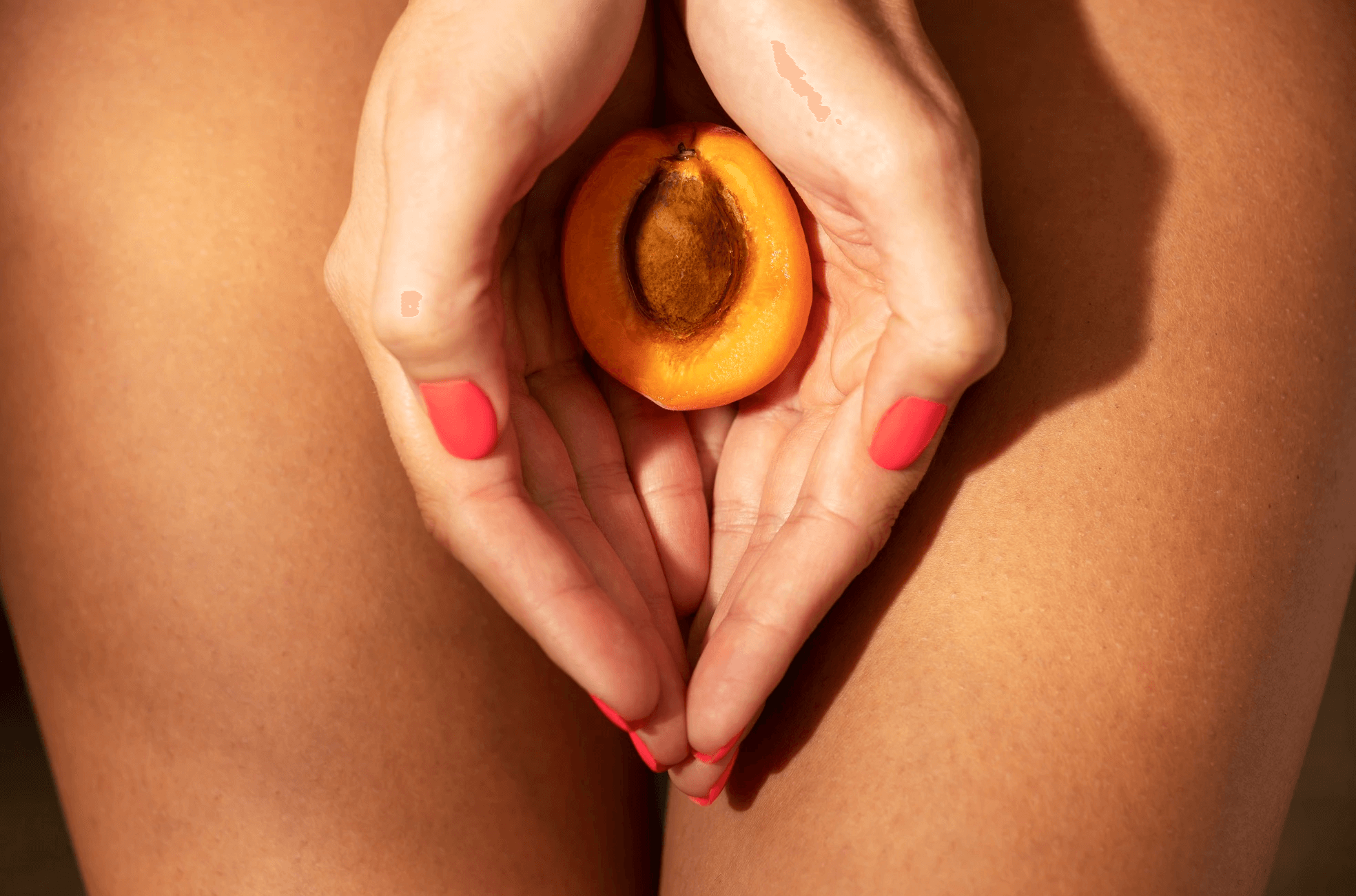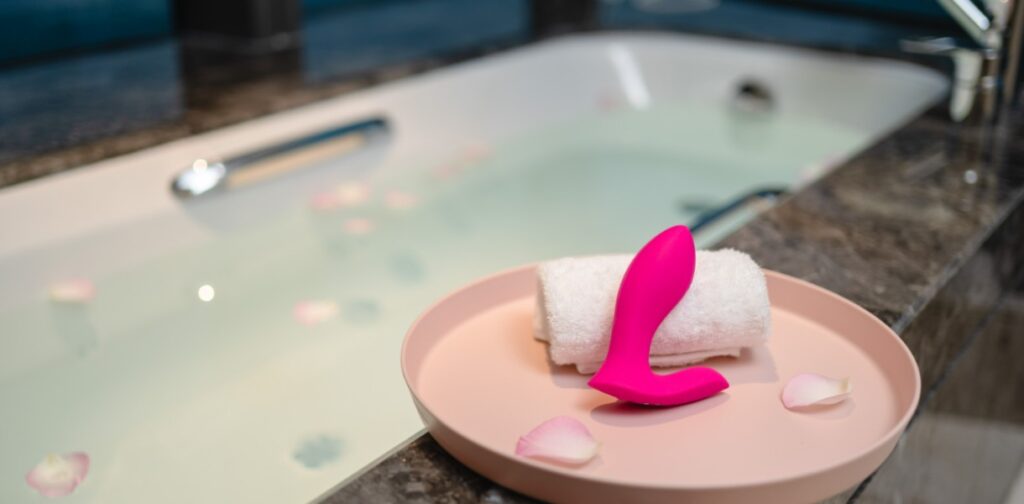Why are some pussy lips big?

Why do girls have big pussy lips?
Diving straight into the heart of our discussion, it’s paramount we first grasp the foundational knowledge of female anatomy.
Definition of Labia Minora and Majora
The female body is a wonder, isn’t it? Consider the labia. Situated in the intimate area, the labia plays a key role in reproductive and urinary functions. There are two primary sets: Labia Minora and Labia Majora. The Labia Minora, also known as the inner lips, is delicate and can be either visible or tucked inside, depending on one’s anatomy. On the other hand, the Labia Majora, often referred to as the outer lips, is more robust and protects the inner genitalia.
Did you know? A study found that the size of the labia minora can vary from 20mm to over 100mm. Just like any other body part, there’s a broad range of what’s considered “normal.”
Difference Between Labia Minora and Majora
Now that we’re acquainted with the basic definitions, let’s dive a bit deeper. The differences between these two aren’t just skin deep. While both serve protective functions, their textures, sensitivity, and appearance can vastly differ. The Labia Minora is generally softer and more sensitive due to its direct contact with the clitoral hood, whereas the Labia Majora is fatty and has a more rugged texture, designed to shield the inner workings of the female reproductive system.
The Science Behind Labia Size
A question many of us often ponder is: why the difference in size? Is it just genetics or is there more to the story? Let’s explore.
Genetics and Labia Size
Just like how we inherit the color of our eyes or the shape of our nose from our ancestors, the size and shape of our labia is largely a genetic lottery. While there isn’t a singular “labia gene”, our genes do play a role in determining its size.
| Factor | Influence on Labia Size |
|---|---|
| Genetics | High |
| Age | Moderate |
| Hormonal Changes | Varies |
It’s interesting to note that while genetics provides the blueprint, several other factors can influence minor changes over time.

Hormonal Changes & Labia Size
Ever noticed how our body changes during certain periods, like puberty or menopause? Hormones, especially estrogen, play a huge role in these transformations. During puberty, an influx of hormones can cause the labia to grow and darken in color. Similarly, during menopause, reduced estrogen levels might lead to the labia becoming less elastic and thinner.
Imagine the body as a dynamic canvas, constantly evolving and changing with time. Hormones act as the paintbrush, dictating which part grows, shrinks, darkens, or lightens. Intriguing, isn’t it?

Debunking Myths Surrounding Labia Size
With the internet brimming with information, it’s easy to stumble upon myths, especially about intimate topics like labia size. Let’s bust some of these myths and get our facts straight.
Sexual Activity & Labia Size
Let’s address the elephant in the room. No, sexual activity does not have any long-term effect on the size of the labia. It doesn’t stretch or grow based on one’s sexual activities. It’s crucial to remember that the body has an incredible ability to revert to its natural state after any temporary changes.
Rhetorical Question Alert! If our ears didn’t elongate every time we wore heavy earrings, why would our labia change size based on sexual activities?
Childbirth’s Impact on Labia
Childbirth is a transformative experience for the body. While it does cause temporary changes, the labia usually returns to its near original state post-childbirth. However, every individual is unique, and the extent of these changes can vary.
Ever heard of the phrase “Our bodies, our stories”? Each scar, stretch mark, or change tells a story of growth, transformation, and life. Why not embrace it?
We hope this deep dive into the anatomy and science behind the labia not only answers your queries but also piques your curiosity. After all, understanding our bodies is the first step towards embracing and celebrating them.
Addressing Cultural Views & Perceptions
Delving deeper into this discourse, one cannot ignore the societal and cultural perspectives tied to the labia’s appearance. Perceptions of “normal” vary widely across different societies and have evolved over time.
Historical Context of Labia Perception
Historically, many societies have placed a premium on the appearance of female genitalia. These views have often been influenced by cultural, religious, and sometimes even pseudoscientific beliefs.
- In some cultures, larger labia minora have been viewed as a sign of sexual prowess.
- Conversely, in other societies, smaller labia were (wrongly) believed to indicate virginity or purity.
- The Renaissance period art often depicted women with small, tucked-in labia, which became an aspirational standard for many.
Food for Thought: If eyebrows, a feature so prominently visible, can have trends (remember the pencil-thin brows of the 90s?), isn’t it intriguing how something as intimate as the labia can also be subjected to trends and standards?
Modern-day Labia Perceptions and Labiaplasty
Today’s society, greatly influenced by the media and pornography, has its own set of standards. The rise in labiaplasty, a cosmetic procedure to alter the labia’s appearance, highlights the pressures women face.
| Year | Labiaplasty Procedures Globally |
|---|---|
| 2015 | 50,000 |
| 2019 | 120,000 |
Though a woman’s choice to undergo such a procedure is deeply personal, it’s essential to ensure it comes from a place of self-love rather than societal pressure.
The Health Perspective: Does Labia Size Matter?
While there’s ample discourse about the aesthetics, what about the health implications? Does the size of the labia impact one’s health or quality of life?
Physical Health Implications
Medically speaking, the size of the labia majora or minora does not impact physical health. However, some women with significantly larger labia minora might experience:
- Discomfort while cycling, walking, or during sexual activities.
- Skin irritations or infections due to sweat and moisture.
In such cases, it’s essential to consult a healthcare professional. Remember, health should always come before societal standards.
Mental Health Implications
The way we perceive our bodies can significantly impact our mental well-being. For many, the appearance of their genitalia can be a source of:
- Anxiety
- Reduced self-esteem
- Body dysmorphic disorder
Engaging in open conversations and seeking professional counseling can be therapeutic for many. It’s pivotal to remember that every body is unique. Comparing oneself with others, especially based on misleading standards, is a journey down a rabbit hole.
Labia Care & Maintenance
We’ve discussed size, perceptions, and health, but what about care? Just like any other part of our body, the labia too requires TLC.
Hygiene Tips
- Opt for cotton underwear; it’s breathable and reduces the risk of infections.
- Avoid douches and harsh soaps. The vagina is self-cleaning; trust the process!
- For those who face excessive sweating, consider using unscented baby wipes.
Handling Discomfort
For those who experience discomfort due to their labia size:
- Cool compresses can provide relief from swelling.
- Over-the-counter pain relievers, taken after consulting with a doctor, can be effective.
- Barrier ointments, like petroleum jelly, can reduce friction-related discomfort.
To wrap this section, we’d like to emphasize: Love and care for your body. It’s the only one you’ve got, and it deserves all the respect and attention you can muster.
The Impact of Lifestyle and Genetics
Both our genetics and our daily choices play roles in shaping our bodies, including the intimate parts. The labia is no exception.
Genetics: The Blueprint of Our Bodies
It’s no surprise that our DNA is responsible for our physical traits. The size and shape of the labia majora and minora are largely hereditary.
- Different ethnicities may have varying averages of labia sizes.
- Studies suggest that like other body parts, labia size and shape can be passed down through generations.
Did you know? Even twins, who share identical genes, can have differences in their labia. It’s a testament to how unique this body part can be!
The Role of Hormones
Throughout a woman’s life, hormonal changes can impact the labia’s appearance:
- Puberty: Growth and darkening of the labia are common.
- Pregnancy: The labia can swell and possibly darken due to increased blood flow and hormonal shifts.
- Menopause: Reduced estrogen levels might lead to the labia becoming less full or elastic.
Everyday Choices and Labia Health
Beyond genetics and natural bodily changes, daily activities can influence the labia:
- Exercise: Activities like cycling or horseback riding might cause temporary swelling.
- Clothing: Tight-fitting clothes can sometimes lead to chafing or irritation.
- Personal Grooming: Waxing, shaving, or other hair removal methods can lead to temporary irritation or ingrown hairs.

Debunking Myths: Separating Facts from Fiction
With a topic so intimate and often not openly discussed, myths are bound to arise. Let’s tackle a few common misconceptions.
Myth 1: Larger labia indicate a higher number of sexual partners.
Truth: There’s no scientific basis to this. Labia size or shape does not correlate with sexual activity.
Myth 2: You can change your labia size with exercises or creams.
Truth: No exercises or creams have been proven to alter the labia’s size. It’s essential to be cautious and consult a healthcare professional before trying any products.
Myth 3: All women should have symmetrical labia.
Truth: Just as one foot can be slightly larger than the other, it’s natural for one side of the labia to be different from the other.
Empowerment Through Knowledge
As we close this comprehensive guide, we want to emphasize the power of self-love and education. Knowing your body, understanding its intricacies, and accepting its uniqueness is a journey of empowerment.
- Reach out for professional advice if you have health concerns.
- Share knowledge, and let’s normalize conversations around our bodies.
- Remember, beauty standards evolve, but self-worth is timeless.
Understanding Surgical Alterations
While it’s essential to love and accept your body, some women do seek surgical modifications for health or personal reasons. Let’s delve into the specifics.
Labiaplasty: What Is It?
Labiaplasty is a surgical procedure primarily performed to reduce the size of the labia minora. The reasons for seeking labiaplasty can vary:
- Physical discomfort during activities.
- Aesthetic preferences.
- Chronic irritations.
It’s crucial to approach this option with thorough research and consultation.
Note: As with any surgical procedure, understanding the potential risks and rewards is paramount.
The Procedure and Recovery
- Consultation: This involves discussing the desired outcome and addressing any concerns.
- The Surgery: Labiaplasty typically takes about 1-2 hours and can be done under local or general anesthesia.
- Post-Op Care: Patients may experience swelling and discomfort but usually can return to daily activities within a week. Complete healing takes around 4-6 weeks.
The Costs and Considerations
When considering labiaplasty, it’s essential to understand not just the physical, but also the financial implications:
| Consideration | Details |
|---|---|
| Average Cost | Labiaplasty can range from $3,000 to $8,000. |
| Factors Influencing Cost | Surgeon’s experience, geographic location, and surgical technique. |
| Insurance Coverage | Most insurance companies view this as cosmetic and don’t cover the costs. |
Alternatives to Surgery
Not everyone seeking change requires surgery. There are less invasive methods to explore:
Laser Treatments
These treatments can help in tightening the vaginal tissues and reducing the appearance of large labia. It’s a less invasive procedure than labiaplasty, but results may vary.
Fillers and PRP Injections
While typically used for facial aesthetics, some practitioners use fillers for labial puffing. Platelet-rich plasma (PRP) injections, on the other hand, claim to rejuvenate the tissue.
Caution: Always consult with a certified medical professional before undergoing any treatment.
The Final Word: Celebrating Diversity
We’ve journeyed through the anatomy, delved into myths, and explored modification options. But the most crucial takeaway is the beauty of bodily diversity. Every woman’s body is a marvel, with stories, histories, and characteristics that are uniquely hers. Celebrate that. Cherish that. And above all, know that you’re perfect just as you are.
Empowerment Through Knowledge
Knowledge is power, and understanding one’s own body is a key to self-love and empowerment. This journey through the intricacies of the female anatomy is a testament to that.
Dispelling Myths Surrounding Female Anatomy
Over time, numerous myths have emerged surrounding female genitalia. Let’s debunk a few of them:
- Myth: All women’s genitals look the same.Fact: Just as our faces are unique, so are our private parts. Variations in size, color, and shape are all natural and normal.
- Myth: The size of the labia relates to sexual activity.Fact: The size or shape of the labia has no relation to one’s sexual history. It’s a genetic trait, much like the color of our eyes or hair.
- Myth: Large labia can affect fertility.Fact: The size or shape of the labia has no impact on a woman’s ability to conceive.
Sexual Health: More than Just Anatomy
Sexual health is a broad spectrum, encompassing physical, emotional, and mental aspects:
- Physical: Regular check-ups, understanding one’s own body, and recognizing any abnormal signs.
- Emotional: Feeling confident and comfortable in one’s own skin.
- Mental: Addressing any concerns, anxieties, or myths with proper knowledge.
Pro Tip: Open conversations with medical professionals can guide one in understanding and maintaining sexual health.
Support and Resources
For those seeking more information or are in need of support, there are plenty of resources:
| Resource | Description |
|---|---|
| Women’s Health Clinics | Specialized clinics that focus on female sexual health. |
| Counseling Services | For addressing emotional or mental health concerns related to sexual well-being. |
| Online Communities | Forums where women can share experiences and advice. |
Conclusion: Embrace, Educate, Empower
As we wrap up our comprehensive journey, the resounding message is clear: Embrace your uniqueness, educate yourself, and empower others with knowledge. Understanding and accepting our bodies is the first step to a more confident and informed self. Whether one chooses to embrace their natural anatomy or seeks alterations, the ultimate choice remains deeply personal and deserving of respect.
Remember: Every individual’s journey is different, and every decision, when made with thought and care, is valid.


